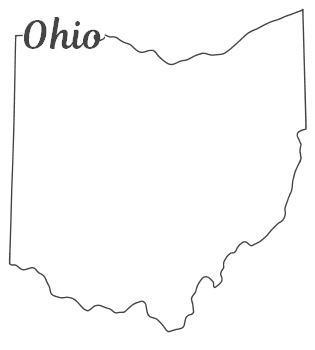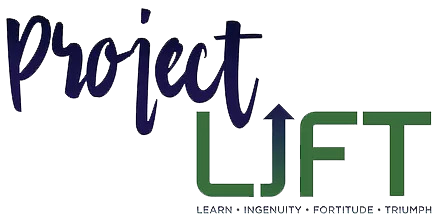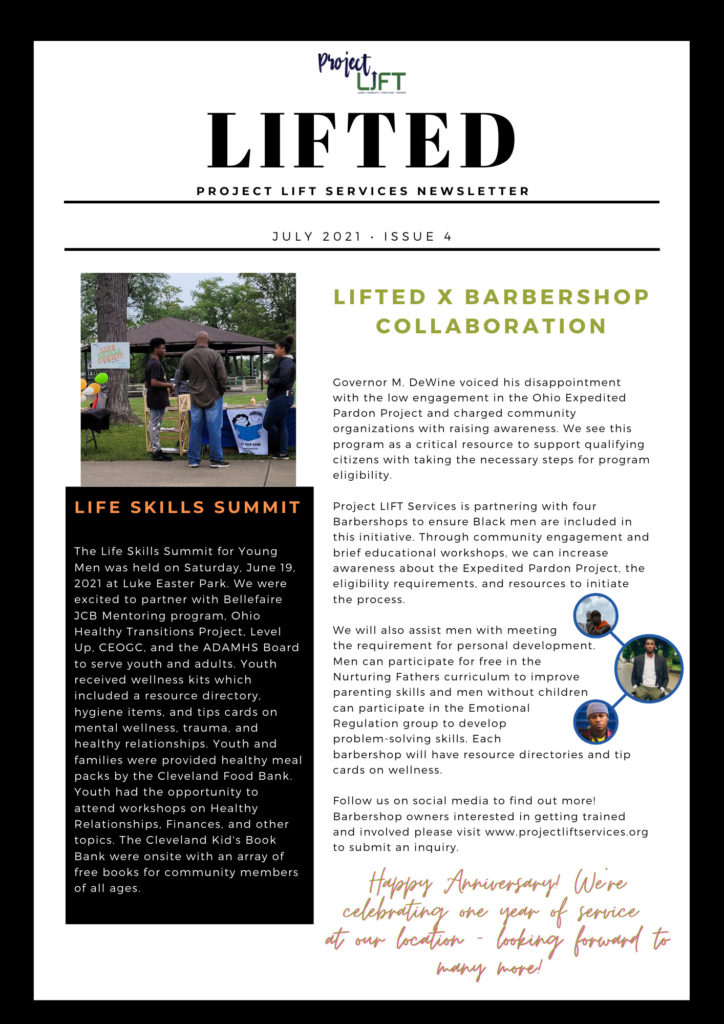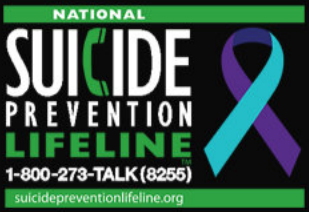Restorative Justice
An Alternative Approach to Justice For Our Youth
Restorative justice (RJ) is a process that focuses on repairing what has been broken through accountability and healing, rather than punishment. Adopting a restorative justice approach can result in improved outcomes for the victim, community, and offender. If you or a child you know has faced or committed a crime, see how restorative justice can help.
Traditional vs. Restorative: A Comparative Glance
Justice isn’t one-size-fits-all. While traditional justice systems gravitate towards penalties, restorative justice pursues a path of healing and reparation. Fortunately, for many youth in Cleveland, Ohio and across the nation, restorative justice is an option.
Restorative Justice
- Focus on Healing: Prioritizes the needs of the victim and community, aiming to repair harm rather than simply punish.
- Inclusive Dialogue: Encourages open dialogue between victims, offenders, and community members.
- Accountability: Offenders are encouraged to take responsibility for their actions and understand their impact.
- Reparation: Offenders often make amends, which could be through apologies, restitution, or community service.
- Community-Centered: The process is more personal and is often driven by the needs and voices of the community and those directly affected.
- Mutually Beneficial Outcomes: Seeks solutions that benefit all parties involved and foster community harmony.
Criminal Justice
- Focus on Punishment: Emphasizes penalties, often in the form of imprisonment or fines, as the primary response to crime.
- State vs. Offender: The legal process is typically the state prosecuting the offender, with the victim playing a passive role.
- Retribution: Based on the belief that punishment should be proportionate to the offense.
- Deterrence: Punitive punishment assumes that the threat of punishment will deter potential criminals.
- System-Centered: The traditional process can sometimes feel impersonal since decisions are made based on legal criteria and guidelines.
- Creates Winners and Losers: Often results in adversarial outcomes where one side “wins” and the other “loses.”
The Three Pillars Of Restorative Justice
Moving beyond mere punishment, restorative justice seeks true repair and reconciliation. The three pillars of restorative justice are what makes this possible.
1. Repair
Crimes hurt people and communities. Instead of just punishing the wrongdoer, restorative justice asks, “How can we mend what’s broken?” It’s about understanding the hurt caused and finding meaningful ways to make things right.
2. Collaboration
Resolving the impact of a crime isn’t a one-person job. Restorative justice brings everyone affected into the conversation—victims, wrongdoers, and community—to decide how best to heal and move forward.
3. Transformation
Every bad decision is a chance to grow. Restorative justice goes beyond fixing a single misdeed; it encourages personal growth, understanding, and building a more compassionate community.
A Transformative Approach to Justice
Rooted in these pillars, restorative justice paves the way for a more compassionate and holistic approach to harm. It’s time to consider using a system that truly heals and rebuilds.
Who Should Care About Restorative Justice?
Restorative justice centers around the needs of victims, guides offenders (including parents of young offenders) towards genuine accountability, and strengthens the community as a whole.
Restorative justice is for everyone.
VIctims
Central to restorative justice, victims voice their feelings, articulate harm, and engage in the healing process.
Offenders
Offenders confront their actions, understand their impact, and work towards genuine accountability and growth.
Community
Communities offer support, provide context, and actively participate in mending rifts and restoring trust.
Restorative Justice In Ohio

The Ohio Revised Code (Title 21, Ch. 2152.01) provides a legal basis for restorative justice, emphasizing rehabilitation, accountability, and victim restoration in juvenile cases. While Ohio’s juvenile justice system has its challenges, it’s important for citizens to be aware of the alternatives to traditional punitive measures. This section in the ORC shines a light on the options available, enabling families, communities, and even those who have been harmed to consider more constructive paths over incarceration for youth-related incidents.
What Can YOU Do?
1
Learn More
Delve further into the foundational principles and comprehensive practices of restorative justice
2
Explore
Explore the benefits and real-world applications of restorative justice in the justice system
3
Connect
Discover local restorative justice programs or community-based organizations
4
Advocate
Advocate for restorative justice practices within the legal community and public discourse

Embrace a New Vision of Justice
We want to hear from you!
Please contact Project LIFT for more information about restorative justice and its relevance to your life or your loved ones’. Additionally, we value your feedback on the prosecution process and the Juvenile Justice Center in Cleveland. We want to understand the issues our community is experiencing, and your input is integral to this process.
Please use the form below to get in touch.



